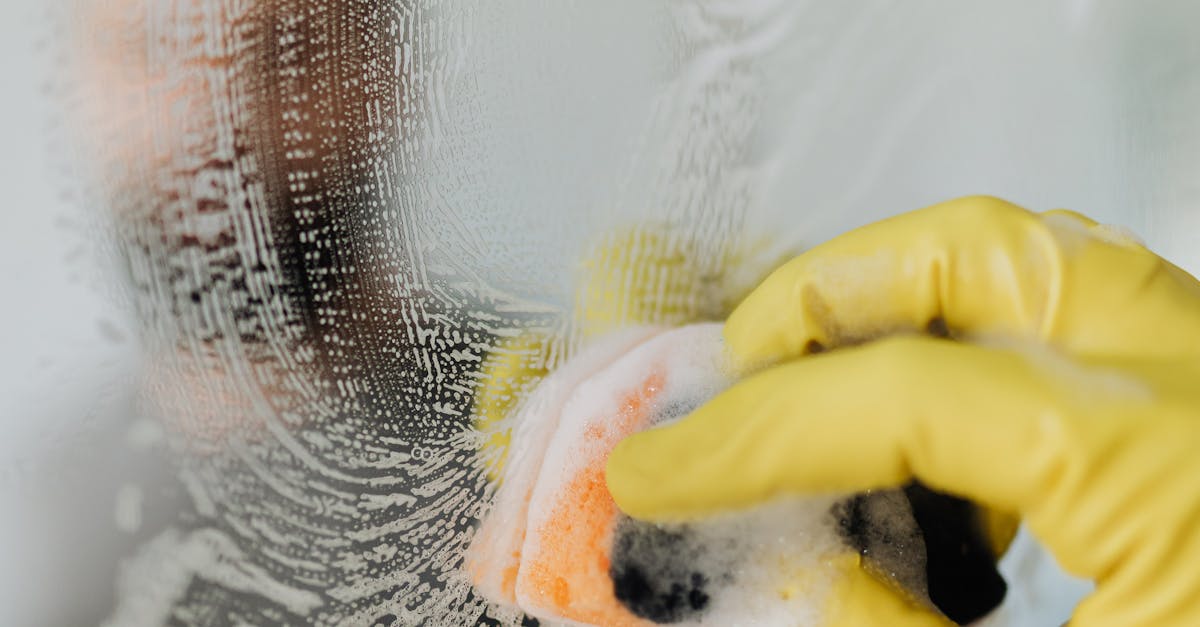
Asbestos Roof Removal Sydney
Table Of Contents
For homeowners in Sydney, the issue of asbestos in roofing materials is a significant concern due to the health risks associated with exposure. Ensuring the safety and wellbeing of your family begins with proper identification and removal of this hazardous material. That’s where Sydney Asbestos Roof Removal Technicians come into play, offering specialised services that not only comply with local regulations but also guarantee a safe environment. These professionals are trained to handle asbestos with the utmost care, ensuring that dangers are minimised during the removal process.
When seeking professional help, it’s essential to engage qualified experts who understand the complexities involved in asbestos management. The dedicated sydney asbestos roof removal technicians are equipped with the right tools and knowledge to effectively deal with asbestos-containing materials. Their expertise extends beyond just removal; they also assess your property for potential risks, ensuring comprehensive safety measures are implemented as part of the process. With their assistance, you can rest assured that your home will be free from the hazards associated with asbestos exposure.
Homeowner Asbestos Roofing Dismantling Risks in Sydney's Region
Removing an asbestos rooftop might appear like a affordable option for residents in Sydney's metropolitan area. Still, the dangers associated with DIY disposal of old roofing are substantial. Unsafe handling of asbestos materials can lead to dangerous inhalation, leading in severe health issues such as asbestosis.
Additionally, regulations in Sydney require that asbestos materials be handled by qualified professionals. Homeowner disposal not only disregards these statutory requirements, but it also introduces a hazard to others in the vicinity. To ensure the health and safety of all involved, it is advised to seek qualified assistance for asbestos rooftop disposal in Sydney's metropolitan area.
Why Utilising Professional Providers to Handle Asbestos Roof Dismantling
Asbestos present significant health risks when improperly managed. Utilising professional providers ensures that dismantling is conducted with safety in mind. These types of professionals possess the necessary tools and expertise to deal with the challenges related to asbestos removal.
Furthermore, professional providers follow stringent safety standards. This kind of compliance is not only safeguards those involved, also they also reduces the risk to residents. Utilising qualified providers to manage hazardous roof removal turns into an essential choice.
After Old Roof Considerations in Sydney's Area
After the disposal of asbestos-containing roofs, property owners in Sydney must be aware of several important elements. It is crucial to ensure the protection of all occupants in the property. Completing a thorough evaluation of the location where the roof was removed is essential. Such an evaluation can help identify any remaining fragments and ensure that the site is safe for future occupation.
Afterward, it is important consider the next steps to refurbish the roof. Choices for a new top should be explored with an emphasis on materials that do not pose a risk to health. Consulting professionals who are knowledgeable about building regulations in Sydney is vital. Thorough planning and execution of the new roof will not only improve the look of the property but also enhance its overall marketability.
Essential should Consider Once Asbestos Roof Removal
Following asbestos roofing removal, it is crucial to perform a thorough assessment of the site. This inspection should cover not only the adjacent environment but also any likely residual that may have been left behind. Engaging a licensed professional for this process is greatly encouraged to ensure all hazards are appropriately managed.
A further critical step is to ensure that the subsequent roofing material is sufficiently installed. This entails checking that the work adheres to local building codes and regulations. Moreover, modifying any existing warning signs around the location is necessary to stop any accidental interaction to toxic substances. Ensuring clear communication with all tradespeople involved in the project is essential for a smooth transition and to cope with any issues that may arise.
Proactive Actions for Minimising AsbestosContaining Roof Risks for Sydney's Region
Implementing preventative actions is crucial for reducing asbestos-containing roofing dangers for Sydney's region. Individuals must understand the risks related to asbestos-containing materials and considering any kind of repair task on their houses. Periodic evaluations performed by qualified specialists may assist recognising hidden asbestos-containing substances in the roofing.
Furthermore, one should make certain to adequate protective equipment is in place during any removal operation to protect everyone involved. Engaging accredited asbestos management teams ensures that the task is carried out safely while adhering to state regulations. Education about the risks of asbestos-containing materials and the importance of complying with preventative protocols is fundamental for everyone involved in roof removal in Sydney's region.
How to Maintain A RiskFree Property Post AsbestosContaining Rooftop Removal
Once the asbestos roofing has been removed, it is important for promote an safe property. Carrying out an thoroughgoing remediation should be vital in eliminating any lingering asbestos fibers. Engaging professional hazardous material removal services will guarantee that all hazardous materials are securely handled and disposed of according to regulatory standards.
Moreover, it becomes necessary to inspect the home post disposal. Routine inspections can aid in spotting any potential hazards that may arise as a result of the disposal process. Maintaining good ventilation in the area is also advised to minimise the risk of airborne particles. Informing the occupants about the indicators of asbestos exposure is also another key element in promoting a safe environment.